Adulés ou décriés, le CBD et le THC sont les rois des cannabinoïdes. Pourtant, plus d’une centaine de ces molécules existent, avec des effets parfois tout aussi intéressants.
C’est le cas du CBG, ou cannabigérol, un cannabinoïde de mieux en mieux connu qui présente des effets similaires à ceux du CBD. Qu’est-il exactement, quels effets espérer du CBG et comment s’assurer qu’un produit dérivé du cannabis contienne un taux intéressant de CBG ? C’est ce que nous vous expliquons aujourd’hui.
Sommaire
ToggleQu’est-ce que le CBG (cannabigérol) ?
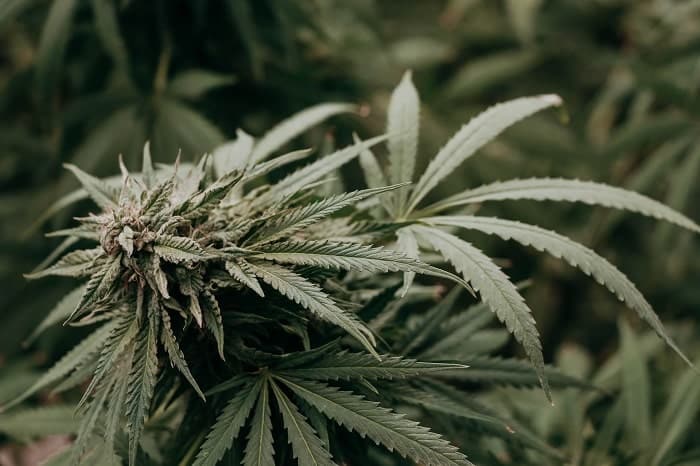
Qu’est-ce que le CBG ? Le CBG est un cannabinoïde, par définition une substance chimique naturellement produite par le plant de cannabis (légal ou non). Il fait donc partie d’une grande famille composée de plus d’une centaine de molécules différentes.
Ces dernières sont principalement connues pour être capables d’activer les récepteurs CB1 et CB2 du système endocannabinoïde (SEC) du corps humain. Pour faire simple : le CBG, comme les autres cannabinoïdes, a beau être d’origine végétale, sa structure chimique lui donne la capacité d’agir sur le corps humain. Et il ne s’en prive pas, mais nous revenons sur ce point dans un instant.
Avant le CBG, le CBGA
Rentrons un peu dans les détails. À l’origine du CBG se trouve une molécule particulièrement intéressante : le CBGA. Comme pour les autres cannabinoïdes, se terminer par un « A » signifie qu’il s’agit d’une forme acide.
C’est vrai par exemple pour le CBDA, forme acide du CBD, et le THCA, forme acide du THC. Or, le CBGA est remarquable parce qu’il est le tout premier acide cannabinoïde à se former dans la plante, pour atteindre son taux maximum au moment de la floraison.
Un acide cannabinoïde classique se transforme en forme neutre lorsque la plante est exposée à la lumière du soleil ou est fumée, par exemple. On appelle ce phénomène la décarboxylation. C’est à ce moment par exemple que le CBDA devient CBD.
Si le CBGA est si spécial, c’est parce qu’il ne produit pas simplement le CBG, mais l’ensemble des cannabinoïdes sous leur forme neutre que nous connaissons. Ainsi, la quasi-totalité du CBGA présent dans un plant de chanvre se transforme, au cours de son évolution, en THC et cannabidiol ! Le taux final de CBG (au moment de la récolte) n’excède ainsi généralement pas les 1%.
CBG, CBD, THC et les autres : s’y retrouver dans la jungle des cannabinoïdes
Difficile de s’y retrouver dans cet océan d’acronymes qu’est le monde du cannabis légal, n’est-ce pas ? Aucun problème, on résume, pour ceux qui commencent tout juste à s’intéresser à cette plante pleine de surprises.
- THC, ou tétrahydrocannabinol: le seul cannabinoïde à présenter des effets psychoactifs et addictifs. Il est ainsi le seul à être considéré comme un stupéfiant. Dans toute l’UE, seuls les produits contenant moins de 0,3% de THC sont autorisés.
- CBD ou cannabidiol: le plus connu des cannabinoïdes légaux. Il est aussi le second le plus présent à l’état naturel dans le plant de chanvre (derrière le THC). On lui prête des effets apaisants, très recherchés de ses consommateurs. (Voir définition du CBD)
- CBN, ou cannabinol: moins connu, le CBN présente pourtant de puissants effets sédatifs. Issu de la transformation du THC avec le temps, il ne présente pourtant pas ses effets secondaires.
Le CBG est désormais incontestablement dans le top 3 ou 4 des cannabinoïdes les plus connus, les plus étudiés et aussi les plus faciles d’accès du marché. Il est également tout à fait légal, puisque seul le THC est considéré comme un stupéfiant par l’Union européenne.
Quels sont les effets du CBG ?
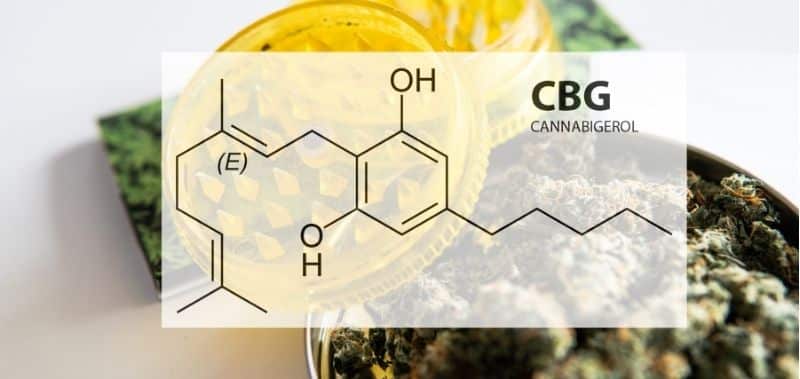
Encore relativement méconnu, les effets du CBG intéressent cependant de plus en plus la communauté scientifique comme le marché cannabique, au fur et à mesure qu’on en apprend plus sur ses effets.
Non psychotrope, il se rapproche des effets provoqués par le cannabidiol. Une étude de 2018 en partie financée par le Ministère de l’économie espagnol a ainsi prouvé l’action du CBG sur les capteurs CB1 et CB2 du système endocannabinoïde. L’existence d’effets sur le corps humain est donc avérée.
D’autres études, antérieures, tendent à montrer ses bienfaits analgésiques. Le cannabigérol pourrait donc notamment s’avérer utile dans le cadre de traitement de douleurs. Il aurait également des propriétés antiinflammatoires, agirait contre les glaucomes et pourrait aider à recouvrer l’appétit. Enfin, il a été testé et a présenté des résultats positifs dans le traitement de rats atteints du cancer du côlon puisqu’il a ralenti le développement des tumeurs malignes.
Effets du CBG Vs. effets du CBD
Molécule mère de la plupart des cannabinoïdes étudiés et consommés pour leurs effets, le CBG est sans cesse comparé au CBD. Il faut dire que les deux molécules sont souvent mises sur un pied d’égalité ou presque lorsqu’il s’agit d’en vanter les effets. Pourtant, quelques différences notoires existent.
Tout d’abord, la structure chimique du CBG diffère. Logique, sinon il s’agirait de la même molécule. Néanmoins, cette (légère) différence structurelle entraîne forcément des effets différents, par exemple au niveau de l’action qu’il effectue sur les capteurs CB1 et CB2 du système endocannabinoïde, que le CBG semble tous deux activer.
Ensuite, la concentration en CBG (1% ou moins dans la plupart des variétés de chanvre cultivé) est généralement inférieure à celle en cannabidiol. Cela signifie donc que les effets spécifiques de ce dernier sont particulièrement difficiles à discerner lors d’une consommation de cannabis légal.
Il faudra donc encore de nombreuses recherches pour appréhender avec précision les effets du CBG isolé sur l’être humain. Il semble cependant d’ores et déjà réaliste d’affirmer que la présence de CBG dans un produit dérivé du cannabis contribue à l’effet d’entourage et donc, au moins, à une meilleure assimilation du cannabidiol par l’organisme.
CBD ou CBG ? Quelle différence entre les deux ?
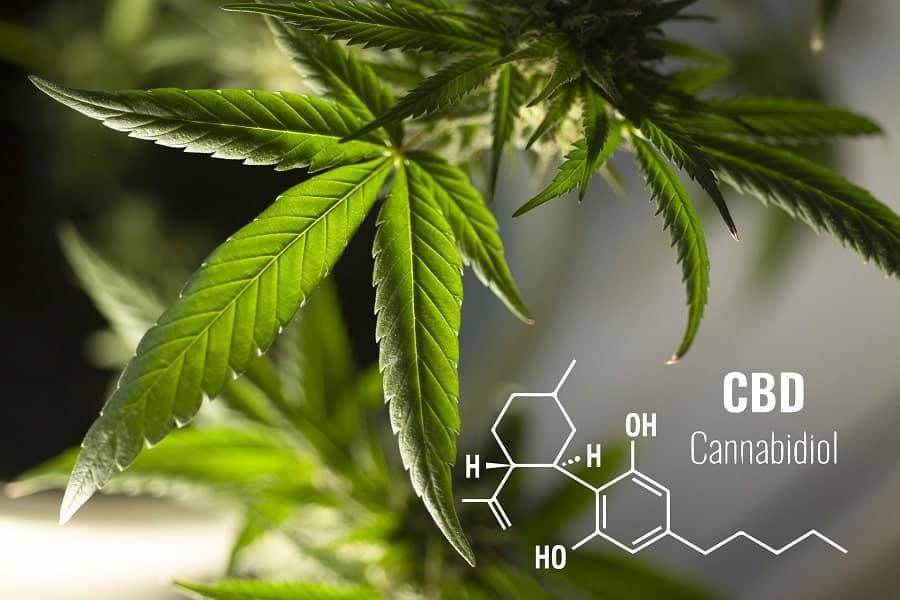
CBG, des effets moins connus que ceux du CBD

- Le glaucome
- Les inflammations
- La maladie de Huntington
- Certaines bactéries ayant démontré une résistance aux médicaments
CBD ou CBG : lequel est le plus fort ?
Beaucoup de consommateurs se demandent quel est le cannabinoïde le plus efficace ou le plus fort entre le CBD et le CBG. Pourtant, aucun n’est réellement plus fort que l’autre puisqu’ils ont des effets parfois différents et souvent complémentaires. À l’état naturel, le taux de CBD dans un plant de cannabis légal est néanmoins quasi toujours supérieur à celui en CBG (et en CBGA, sa forme acide). Ainsi, un plant peut désormais facilement afficher un taux de CBD au-dessus de 10% alors que le CBG naturellement produit correspond généralement à moins de 1% du poids total. Le cannabigérol est donc un cannabinoïde minoritaire en comparaison du CBD et, pour les plants de marijuana, du THC. Ainsi, s’il n’est pas plus fort, le CBD est souvent plus présent, ce qui fait qu’il est courant de ressentir davantage les effets du CBD que ceux du CBG dans un produit brut contenant les deux cannabinoïdes. Cette différence en quantité explique également en partie la différence de prix que l’on peut constater entre les produits contenant seulement du CBD et ceux riches en CBG. Le CBG étant plus rare, il demande davantage de plants et donc des coûts d’extraction supérieurs pour obtenir une quantité équivalente.Peut-on associer prise de CBD et de CBG ?
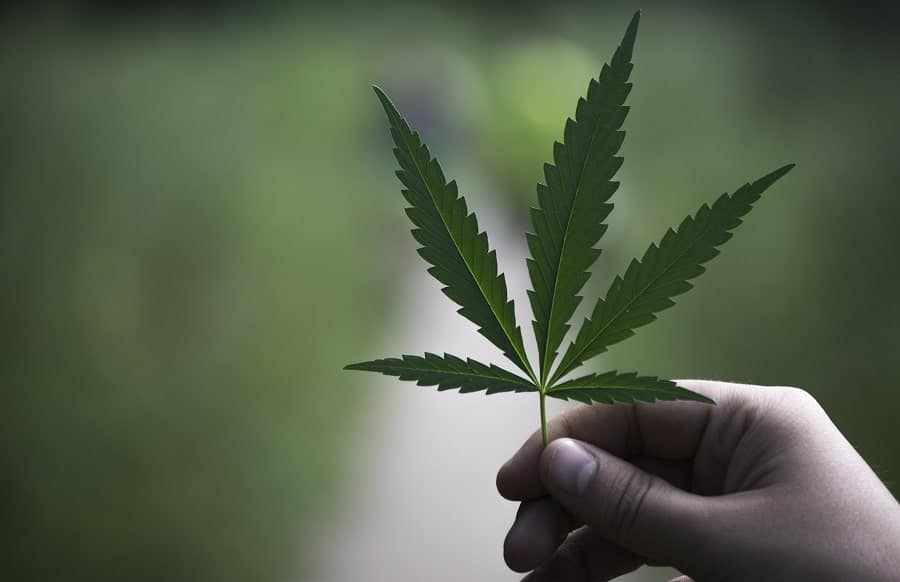
Quels sont les produits contenant du CBG ?
Il existe de nombreux dérivés riches en CBG, à commencer par le produit sous sa forme brut : les fleurs CBG. Elles sont idéales pour profiter des effets combinés des différents cannabinoïdes, terpènes et flavonoïdes. Les fleurs riches en CBG ont l’avantage de permettre de mieux ressentir les effets du CBG, tout en profitant des nombreuses vertus du CBD. Il existe également des huiles CBG. Basées sur une extraction de CBG (parfois également de CBD et/ou d’autres composants du cannabis légal), l’huile CBG permet d’isoler les effets du CBG, par exemple si ceux du CBD vous intéressent moins ou pour être capable de faire la différence entre les effets des principaux cannabinoïdes.Produits au CBG : faire le bon choix
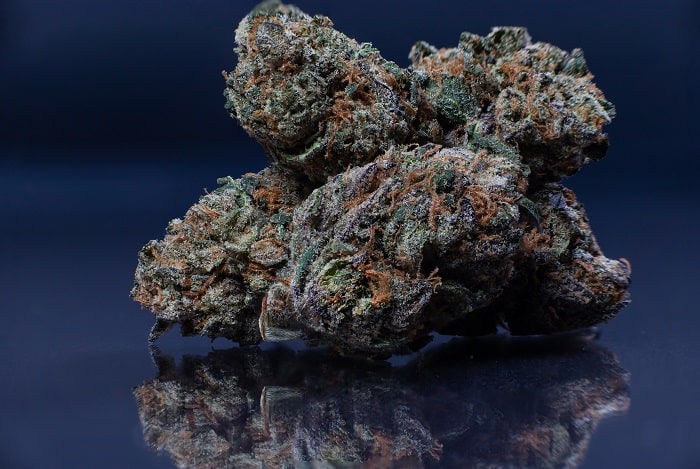
Nous l’avons évoqué, le CBG est très peu présent à l’état naturel chez la plupart des espèces de cannabis (1% ou moins). Pour profiter des bienfaits du CBG, il faut donc préférer des variétés riches en CBG, et surtout privilégier soit des produits non transformés, soit (et c’est certainement le meilleur moyen de s’assurer de la concentration en cannabigérol d’un produit) de produits à spectre large (broad spectrum) ou spectre complet (full spectrum).
FAQ du CBG
Est-ce que le CBG est meilleur que le CBD ?
Le CBG n’est ni meilleur ni moins bon que le CBD, mais plutôt complémentaire. D’ailleurs, selon l’effet d’entourage, l’association de différents cannabinoïdes pourrait encourager l’ampleur et l’intensité des effets constatés. Tous deux ont des effets similaires, notamment au niveau de la réduction de la sensation de douleur. Le cannabigérol semble cependant proposer de meilleurs résultats dans le cadre de migraines et de fatigue musculaire.Pourquoi utiliser le CBG ?
Le CBG est couramment utilisé pour combattre les inflammations, la douleur et les nausées. De premières études ont également montré des résultats encourageants concernant le traitement de troubles anxieux, d’états dépressifs, de douleurs chroniques ou encore de problèmes de sommeil. Il se rapproche en cela grandement des propriétés constatées pour le CBD. Il est enfin réputé antibactérien et antifongique.Le CBG peut-il être détecté lors d’un test de dépistage (cannabis) ?
Utilisé de manière isolée (on parle alors d’isolat de CBG), le CBG ne peut pas être détecté lors d’un test de dépistage. En effet, seuls le THC et sa forme acide le THCA sont dans ce cas recherchés. C’est également le cas pour les produits associant seulement CBG et CBD. Attention toutefois si vous consommez des fleurs ou résines CBD, mêmes légales. Le taux de THC est alors limité à 0,3%, ce qui est très peu mais peut suffire à rendre un test positif.Le CBG a-t-il des effets secondaires ?
Le CBG ne présente pas d’effets secondaires majeurs connus. En respectant les doses recommandées sur la notice d’utilisation de votre produit au CBD, aucun problème ne devrait être remarqué. À très haute dose, il peut cependant rendre la bouche pâteuse, réduire la pression artérielle et causer une fatigue passagère. Tous ces effets cessent quelques heures au plus après la prise. La boutique Weedy.fr vous propose de nombreux produits à base de CBD, de CBG et d’autres dérivés du chanvre, en isolat ainsi qu’en spectre large/complet. Tous sont strictement sélectionnés pour des effets marqués, des arômes naturels et une légalité totale.Pour conclure
Pour résumer, le CBD et le CBG sont deux cannabinoïdes tout à fait légaux et intéressants pour certaines de leurs propriétés. Proches mais néanmoins bien distincts, ils comportent des différences à plusieurs niveaux.- Structure chimique: deux atomes d’hydrogène en plus pour le CBG qui se lie différemment aux récepteurs du corps humain.
- Mécanisme d’action: notamment en interagissant différemment avec les récepteurs CB1 et CB2 du système endocannabinoïde.
- Quantité: le CBD est naturellement plus largement présent dans un plant de chanvre que le CBG.
- Effets: le CBG se lie plus facilement aux récepteurs du SEC et notamment aux CB1, largement présents dans le cerveau. Des recherches plus approfondies restent néanmoins nécessaires pour déterminer clairement les différences entre CBD et CBG.
Rédacteur en chef spécialisé en CBD
Julien, né le 17 juillet 1978 en région Parisienne, est un éminent rédacteur et expert dans le domaine des produits à base de CBD. Suite à ses études en biologie et en médecine alternative, Julien a développé une passion pour les remèdes naturels, dont le CBD. En 2022, il intègre l’équipe du site Weedy.fr en qualité d’expert et de contributeur régulier. Grâce à son expertise scientifique et une écriture claire, Julien aide à démystifier les aspects complexes du CBD, tout en mettant en lumière ses bienfaits et applications potentielles à travers ses articles et participations à des conférences.





